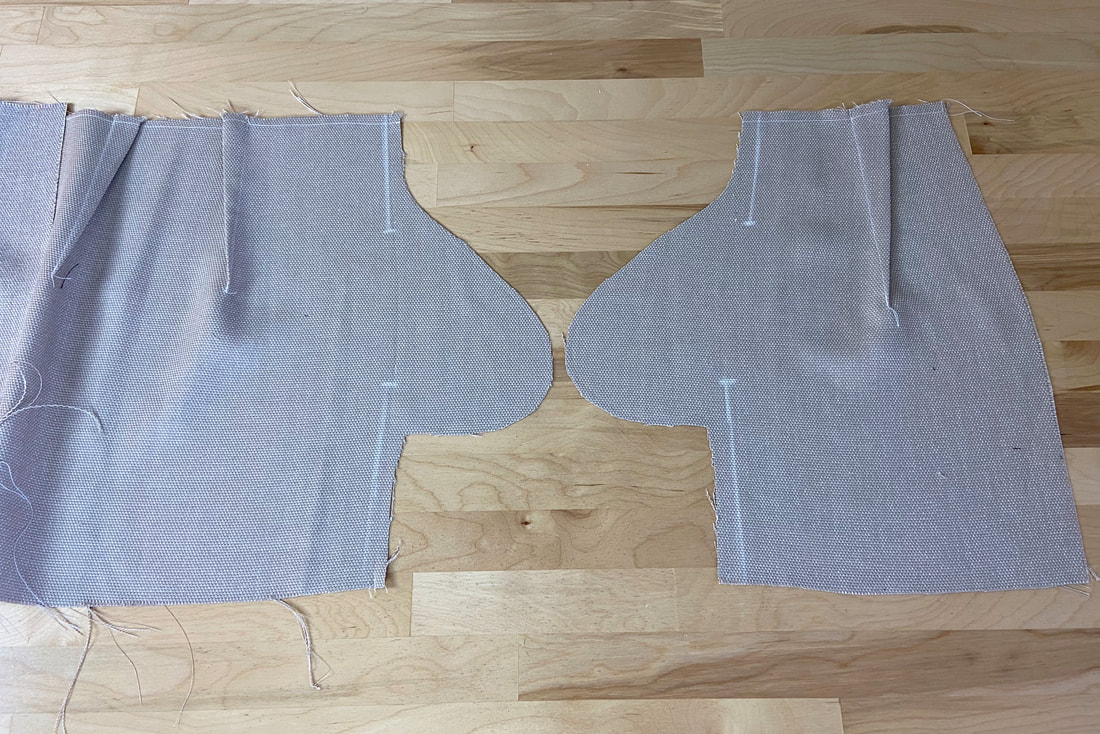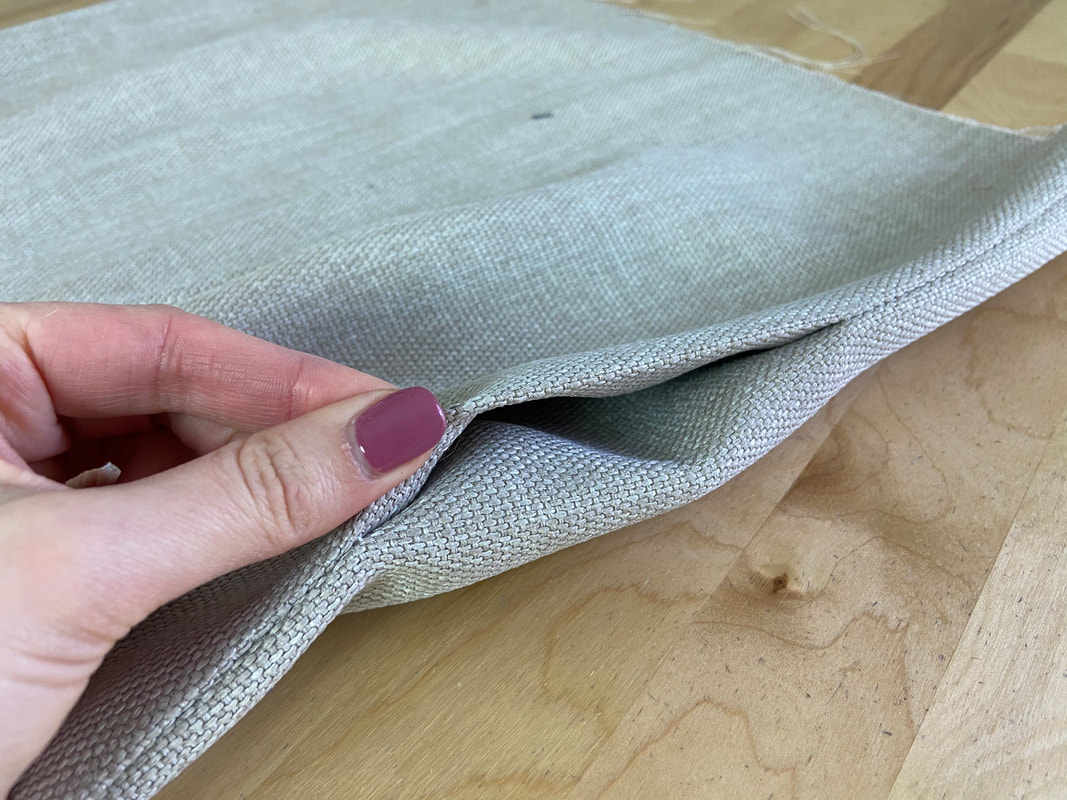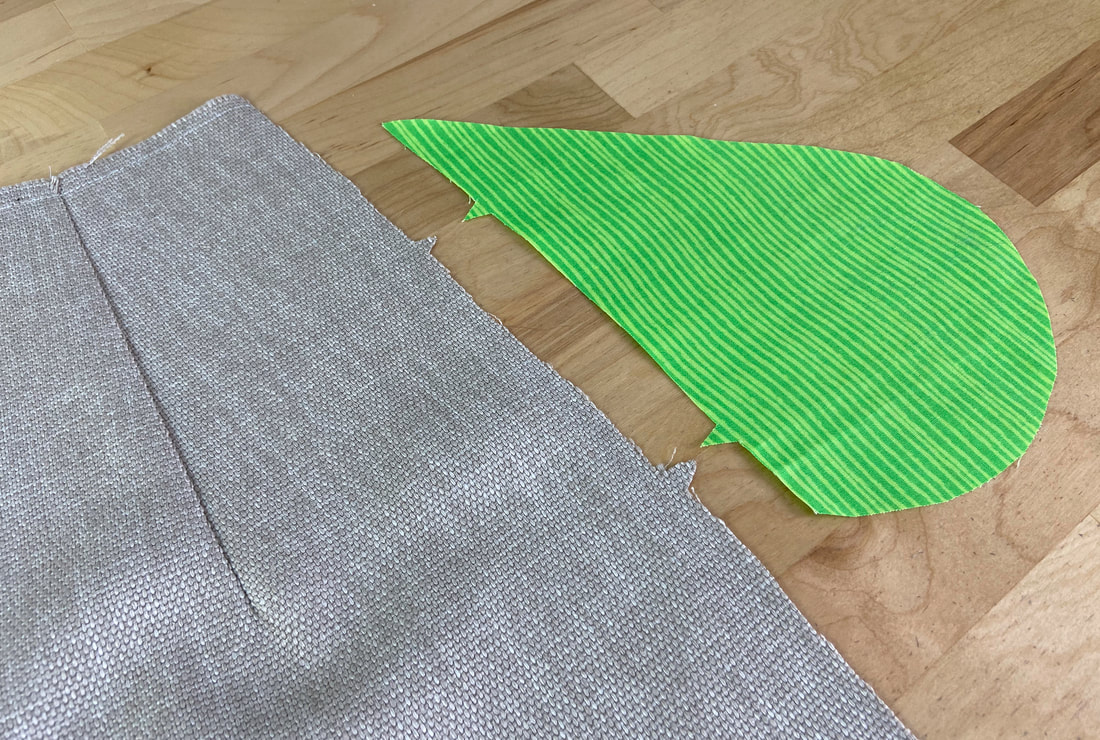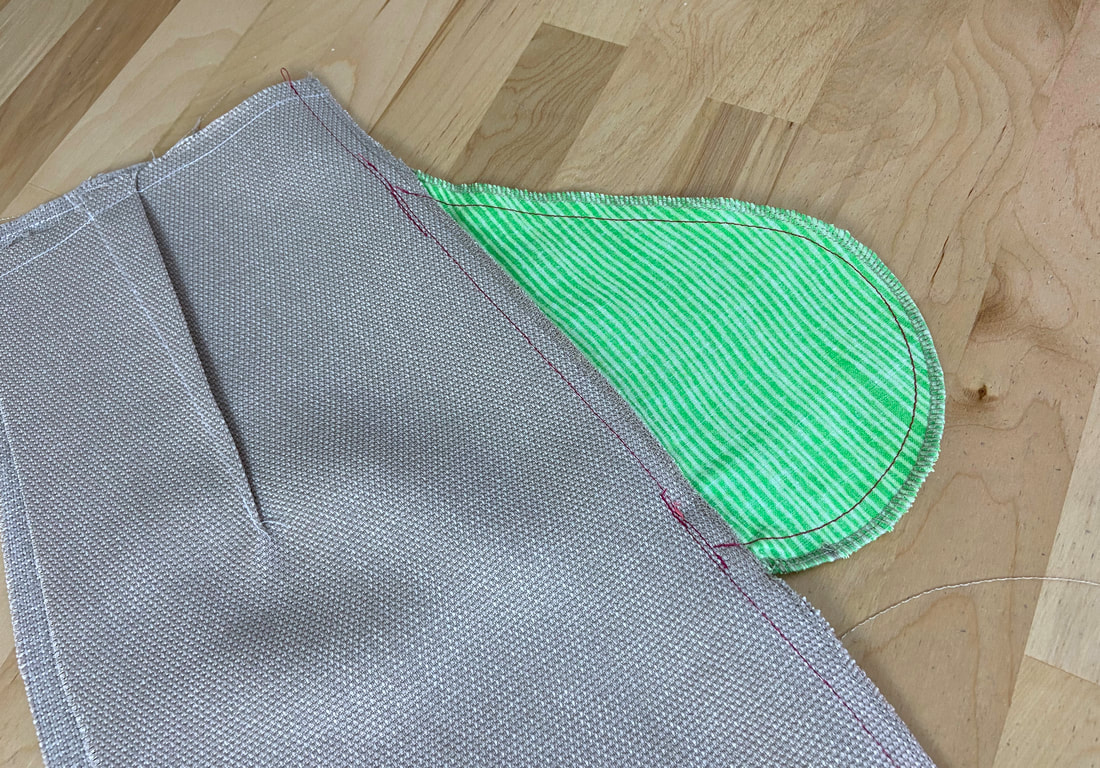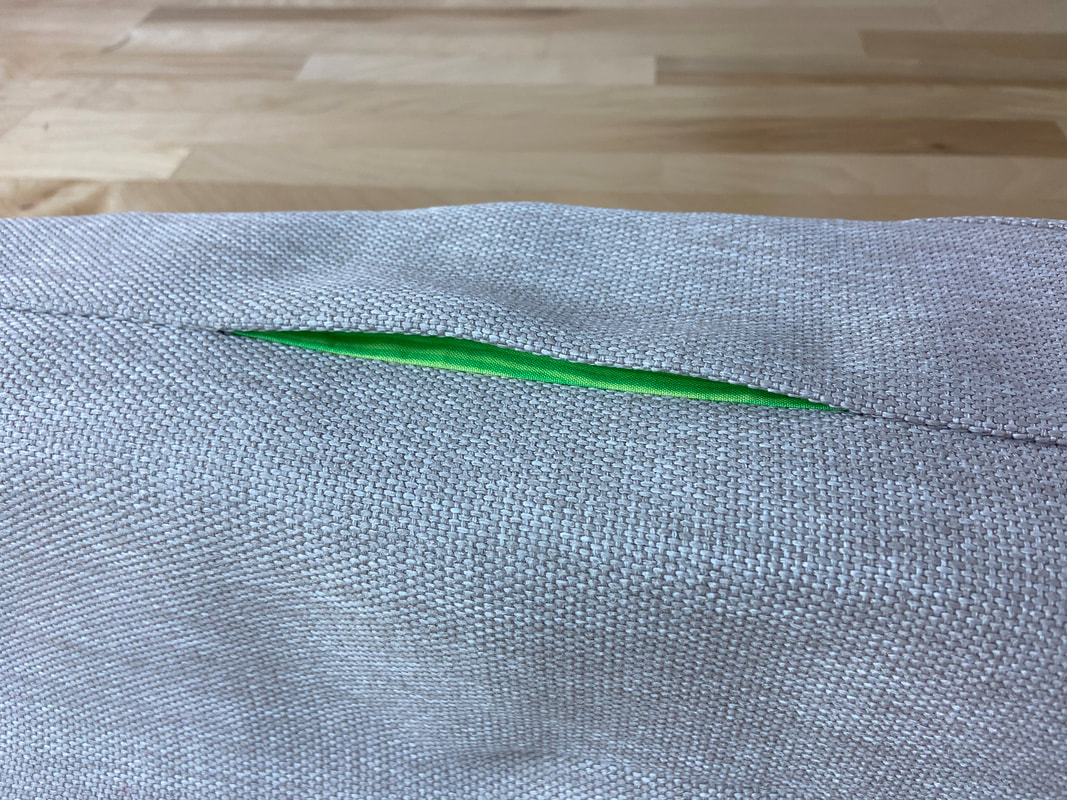What Is The Difference Between Extension On-Seam Pockets And Separate On-Seam Pockets?
First, it is important to understand what an on-seam pocket is. Just as the name suggests, on-seam pockets are built into a seam providing a somewhat invisible (but extremely functional) finish that often disappears into the seamline.
There are two ways to construct an on-seam pocket: Using an extended pocket bag technique, and using separate pocket bag pieces.
Here are the main differences between these two on-seam applications:
Here are the main differences between these two on-seam applications:
In an extended on-seam pocket application, the pocket bag components are built into each garment portion comprising the seam (housing the pocket). The pocket bag extensions are a component of the sewing patterns and cut along with the rest of the garment pieces.
Conventionally, the front pocket layer is connected to the front garment piece, while the back pocket piece is connected to respectively, the back garment portion. When the two seam edges housing the pocket bag pieces are brought together in the seam alignment process, the two extensions align and are stitched to form the finished pocket bag.
Conventionally, the front pocket layer is connected to the front garment piece, while the back pocket piece is connected to respectively, the back garment portion. When the two seam edges housing the pocket bag pieces are brought together in the seam alignment process, the two extensions align and are stitched to form the finished pocket bag.
As a result, the pocket opening edges are constructed of folded edges instead of seamlines.
While the extended technique takes fewer steps to complete, it is limited in terms of pocket bag fabric and the ability to shift the pocket up and down the seam. Since they are built into the garment, the pocket bag pieces are always the same the as the rest of the garment. As a downside, if working with very thick fabrics, you may find that this technique ads too much bulk at the pocket location.
While the extended technique takes fewer steps to complete, it is limited in terms of pocket bag fabric and the ability to shift the pocket up and down the seam. Since they are built into the garment, the pocket bag pieces are always the same the as the rest of the garment. As a downside, if working with very thick fabrics, you may find that this technique ads too much bulk at the pocket location.
In a separate on-seam pocket application the pocket bag components are cut separately and stitched individually to each front and back seam edge.
Conventionally, there are two pocket pieces comprising the on-seam pocket bag: one aligns with the front seam edge, the other with the back.
As opposed to the extended example shown above, a separate on-seam pocket can be shifted up and down the seam if relocation is needed/desired.
The pocket bag itself can be cut from your choice of fabric, providing a lot more flexibility both from a design standpoint and the final pocket's functionality.
Conventionally, there are two pocket pieces comprising the on-seam pocket bag: one aligns with the front seam edge, the other with the back.
As opposed to the extended example shown above, a separate on-seam pocket can be shifted up and down the seam if relocation is needed/desired.
The pocket bag itself can be cut from your choice of fabric, providing a lot more flexibility both from a design standpoint and the final pocket's functionality.
When constructing a separate on-seam pocket, each pocket piece is stitched to its corresponding seam edge (front and back) first, before the seam edges are brought together to complete the rest of the seam and the pocket bag.
As opposed to the extended style shown above, a separate on-seam pocket has a seamline along both of its opening edges.

